-
Posts
7,024 -
Joined
-
Last visited
-
Days Won
54
Content Type
Profiles
Forums
Gallery
Downloads
Blogs
Events
Store
Aircraft
Resources
Tutorials
Articles
Classifieds
Movies
Books
Community Map
Quizzes
Posts posted by red750
-
-
-
As the copied text says, information is sparse.
-
 1
1
-
-
The Dornier Do 29 was an experimental aircraft developed by Dornier Flugzeugwerke and the Deutsche Versuchsanstalt für Luftfahrt (German Aviation Laboratory) in the 1950s, used to test a tilting-propeller system for short takeoff and landing (STOL) aircraft. The concept was proved successful in flight testing; however, no further development of the system or aircraft was proceeded with, and at the conclusion of its test program the Do 29 was retired.
Two examples of the Do 29 were constructed, while a third was planned but not built, with the first prototype flying on 12 December 1958. In the following flight testing, the propeller system was not rotated further than 60 degrees as opposed to its nominal 90 degree capability,
but the aircraft proved to be highly successful, with a stalling speed of 24 kilometres per hour (15 mph) and exceptional short-field performance.Despite this, however, the tilting-propeller system was not further pursued after the end of the flight test program.
-
 1
1
-
-
The Advanced Attack Helicopter project was a US Army project from 1972. The Boeing-Vertol 235 was one of the proposed designs for the project. The picture is of the 235 mock-up; the farthest this design ever got. At the end of the the AAH project, the Army chose the Hughes YAH-64, now known as the AH-64 Apache. Hell, I’d choose the Apache over this thing as well.
The Boeing-Vertol 235 is noticeably asymmetrical. It looks like a helicopter version of Two Face. Or it had a stroke. Information is sparse.
-
 1
1
-
-
-
Mistel (German for "mistletoe", a parasitic plant) was the larger, unmanned component of a composite aircraft configuration developed in Germany during the later stages of World War II. The composite comprised a small piloted control aircraft mounted above a large explosives-carrying drone, the Mistel, and as a whole was referred to as the Huckepack ("Piggyback"), also known as the Beethoven-Gerät ("Beethoven Device") or Vati und Sohn ("Daddy and Son").
The most successful of these used a modified Junkers Ju 88 bomber as the Mistel, with the entire nose-located crew compartment replaced by a specially designed nose filled with a large load of explosives, formed into a shaped charge. The upper component was a fighter aircraft, joined to the Mistel by struts. The combination would be flown to its target by a pilot in the fighter; then the unmanned bomber was released to hit its target and explode, leaving the fighter free to return to base. The first such composite aircraft flew in July 1943 and was promising enough to begin a programme by Luftwaffe test unit KG 200, code-named "Beethoven", eventually entering operational service.
-
 1
1
-
 1
1
-
-
-
The British Martin-Baker MB 5 was the ultimate development of a series of prototype fighter aircraft built during the Second World War. Neither the MB 5 nor its predecessors ever entered production, despite what test pilots described as excellent performance.
Martin-Baker Aircraft began the MB 5 as the second Martin-Baker MB 3 prototype, designed to Air Ministry Specification F.18/39 for an agile, sturdy Royal Air Force fighter, able to fly faster than 400 mph. After the first MB 3 crashed in 1942, killing Val Baker, the second prototype was delayed. A modified MB 3 with a Rolls-Royce Griffon engine, rather than the Napier Sabre of the MB 3, was planned as the MB 4, but a full redesign was chosen instead.
The redesigned aircraft, designated MB 5, used wings similar to the MB 3, but had an entirely new steel-tube fuselage. Power came from a Rolls-Royce Griffon 83 liquid-cooled V-12 engine, producing 2,340 hp (1,745 kW) and driving two three-bladed contra-rotating propellers. Armament was four 20 mm Hispano cannon, mounted in the wings outboard of the widely spaced retractable undercarriage. A key feature of the design was ease of manufacture and maintenance: much of the structure was box-like, favouring straight lines and simple conformation. It was built under the same contract that covered the building of the MB 3. Only 1 example was built, the colour photo shows this aircraft after refurbishment, before the elevators wer reinstalled.
-
 1
1
-
-
The Convair XB-46 was a single example of an experimental medium jet bomber which was developed in the mid-1940s but which never saw production or active duty. It competed with similar designs, the North American XB-45 and Martin XB-48, all of which saw little use after the successful development of the Boeing XB-47.
In 1944, the War Department was aware of aviation advances in Germany and issued a requirement for a range of designs for medium bombers weighing from 80,000 pounds (36,000 kg) to more than 200,000 pounds (91,000 kg). Other designs resulting from this competition, sometimes named the class of '45, included the North American XB-45 and the Martin XB-48. Procurement began with a letter contract (cost-plus-fixed-fee) on 17 January 1945 with mockup inspection and approval in early February. Orders for three prototypes followed on 27 February 1945 with certain changes recommended by the board. Serials 45-59582 to 59584 were assigned. Budgetary concerns also led to the contract being changed to a fixed-price type.
In the fall of 1945, Convair found it was competing with itself when the USAAF became interested in an unorthodox forward-swept wing jet attack design, the XA-44-CO that the company had also been working on. With the end of World War II severely curtailing budgets, the company considered canceling the XB-46 in favor of the other project as there was insufficient funding for both. Company officials argued that it made more sense to allow them to complete the XB-46 prototype as a stripped-down testbed omitting armament and other equipment and for the AAF to allow them to proceed with two XA-44 airframes in lieu of the other two XB-46s on contract. In June 1946, the AAF agreed to the substitution but that project was ultimately cancelled in December 1946 before the prototypes were completed. The B-46 would be completed with only the equipment necessary to prove its airworthiness and handling characteristics.
-
 1
1
-
 1
1
-
-
I try when possible, but they still do. And, you have to watch out for the huge American 4x4 tradie trucks coming the opposite way and using more than their share of the road.
-
 1
1
-
-
What annoys me is roundabouts with chicane entries which cancel your turn indicators. I use the below roundabout at least twice daily, travelling up Karwitha St and turning right to exit via Nurlendi St to the north. I indicate approaching the roundabout, but the chicane cancels it before I enter the roundabout. I put the right indicator on again till I pass the western exit then put on the left indicator to exit to the nortth. On the way home, it is the opposite, left, left again. The buildings above the roundabout are primary school classrooms.
-
The Northrop F-20 Tigershark (initially F-5G) is a light fighter, designed and built by Northrop. Its development began in 1975 as a further evolution of Northrop's F-5E Tiger II, featuring a new engine that greatly improved overall performance, and a modern avionics suite including a powerful and flexible radar. Compared with the F-5E, the F-20 was much faster, gained beyond-visual-range air-to-air capability, and had a full suite of air-to-ground modes capable of utilizing most U.S. weapons. With these improved capabilities, the F-20 became competitive with contemporary fighter designs such as the General Dynamics F-16 Fighting Falcon, but was much less expensive to purchase and operate.
Much of the F-20's development was carried out under a US Department of Defense (DoD) project called "FX". FX sought to develop fighters that would be capable in combat with the latest Soviet aircraft, but excluding sensitive front-line technologies used by the United States Air Force's own aircraft. FX was a product of the Carter administration's military export policies, which aimed to provide foreign nations with high quality equipment without the risk of US front-line technology falling into Soviet hands. Northrop had high hopes for the F-20 in the international market, but policy changes following Ronald Reagan's election meant the F-20 had to compete for sales against aircraft like the F-16, the USAF's latest fighter design. The development program was abandoned in 1986 after three prototypes had been built and a fourth partially completed.
-
 1
1
-
-
The Republic XF-12 Rainbow was an American four-engine, all-metal prototype reconnaissance aircraft designed by the Republic Aviation Company in the late 1940s. Like most large aircraft of the era, it used radial engines, specifically the Pratt & Whitney R-4360 Wasp Major. The XF-12 was referred to as "flying on all fours" meaning: four engines, 400 mph (640 km/h) cruise, 4,000 mi (6,400 km) range, at 40,000 ft (12,000 m). The aircraft was designed to maximize aerodynamic efficiency. Although innovative, the jet engine and the end of World War 2 made it obsolete, and it did not enter production. Only 2 were produced. A proposed airliner variant, the RC-2, was deemed uneconomical and cancelled before being built.
-
 2
2
-
-
Victorian Road Death Statistics. TAC Stats.
2021 234
2022 241
2023 YTD 236
-
 1
1
-
 1
1
-
-
The Hawker Tornado was a British single-seat fighter aircraft design of the Second World War for the Royal Air Force as a replacement for the Hawker Hurricane. The planned production of Tornados was cancelled after the engine it was designed to use, the Rolls-Royce Vulture, proved unreliable in service. A parallel airframe that used the Napier Sabre engine continued into production as the Hawker Typhoon.
Number built 4 (3 prototypes and 1 production).
-
 1
1
-
-
The XB-38 was the result of a modification project undertaken by Vega (a subsidiary of Lockheed) on a Boeing B-17 Flying Fortress to fit it with liquid-cooled Allison V-1710-89 V-12 engines. It was meant as an improved version of the B-17, and a variant that could be used if air-cooled Wright R-1820 radial engines became scarce. Completing the modifications took less than a year, and the XB-38 made its first flight on May 19, 1943. Only one prototype was built, and it was developed from an existing B-17 bomber.
-
 2
2
-
 1
1
-
-
-
Why was it reported as 3 days ago, and how come it didn't appear here?
-
-
-
-
-
Pardon my for sidetracking for a moment, but I had a thoroughly disappointing day today. Our Men's Shed was closed as some members, including a co-ordinator, have Covid, so I thought I would enjoy a glorious sunny day and go to Lilydale airport, a place I haven't been in about 5 years.
There were a number of aircraft tied down in various states of neglect. On the flightline, there were three PA-28s, and three ex-Soar Aviation yellow Foxbats. A red and white Pitts Special, which I think had been performing aeros overhead, landed and taxied past the flying school. One of the PA-28's and one of the Foxbats started up, and after a short while, taxied to the holding point. They held there for a short while, waiting while another Foxbat came in, floated about halfway down the runway before landing. I didn't wait to see the others take off. So in the half hour or so I was there, four movements.
Then I drove to Coldstream, which was even more depressing. Only one PA-28 parked outside the clubrooms, and a partly disassembled Pier Aztec way down the back next to a hangar. Not a thing was moving.
Granted, it is Friday, and things may liven up tomorrow, but I thought there may have been a little more action.
-
 1
1
-
 1
1
-
-
The Savoia-Marchetti SM.93 - An Italian dive-bomber prototype designed by Alessandro Marchetti in the early-1940s. The thing that sets this aircraft apart from the rest is its cockpit, it not only looks odd from the outside, it was also unique in the inside. As you can see part of the cockpit is placed above the engine, this was made to better accommodate the pilot in a prone position, he was set in such a position to help him resist the g-force that he would experience in flight, however as you may have already imagine, this only limited the pilot’s visibility and handling of the aircraft, therefore the project was cancelled. Only 1 produced.
-
 2
2
-






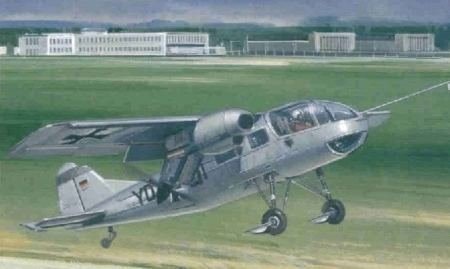
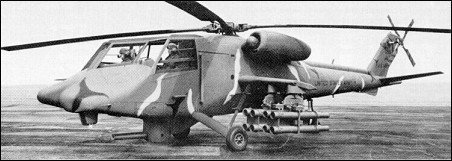

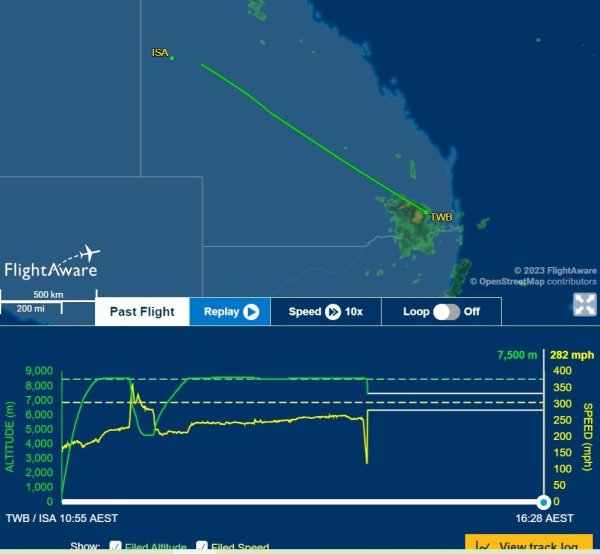
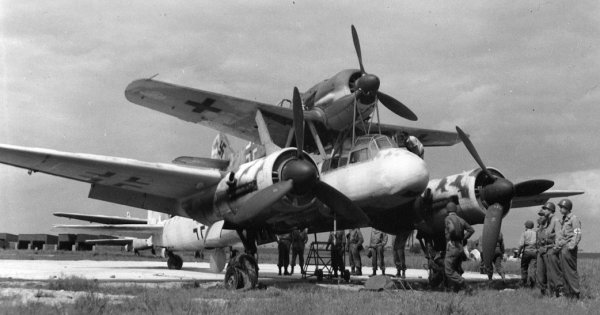


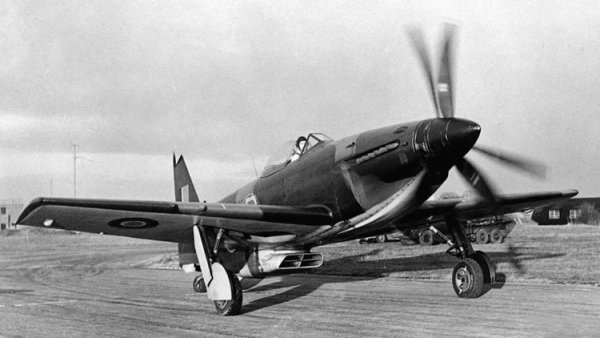
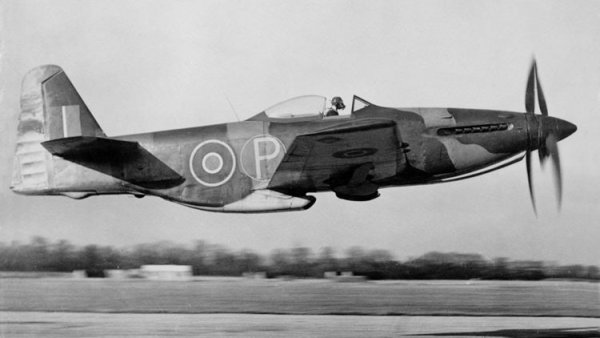
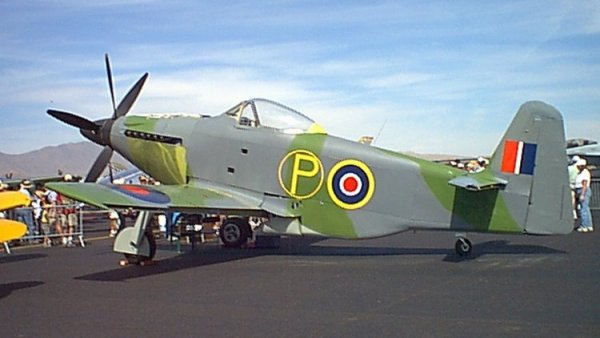
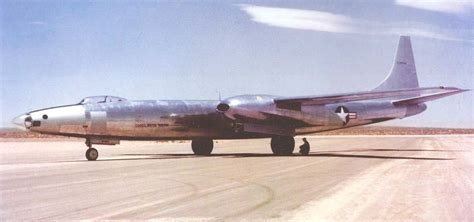
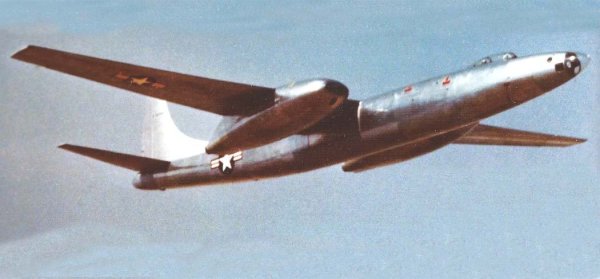

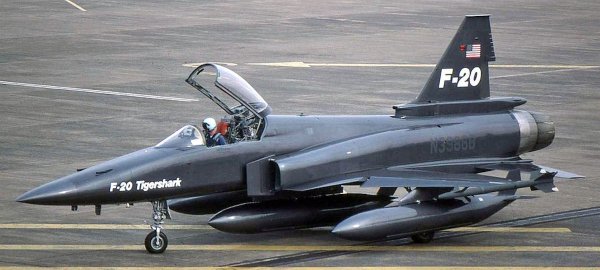
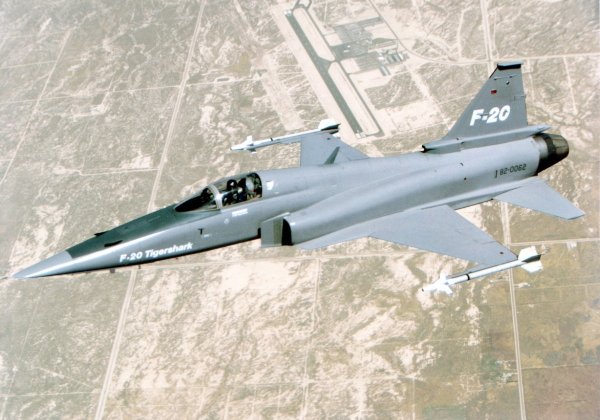


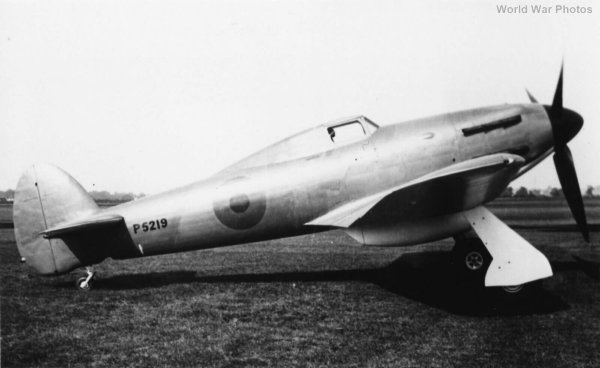
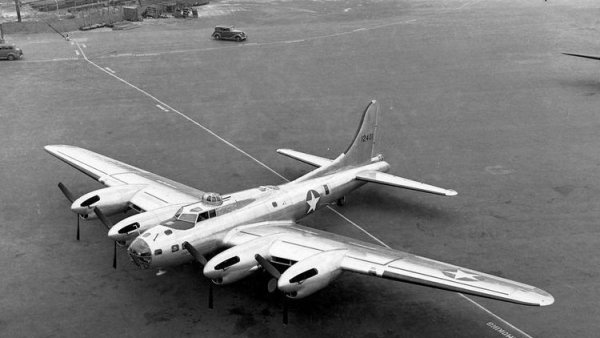

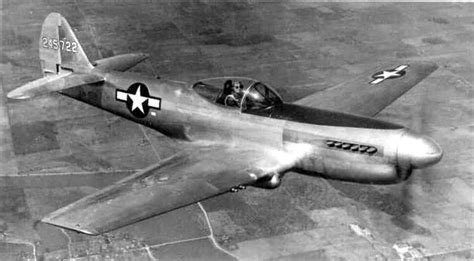
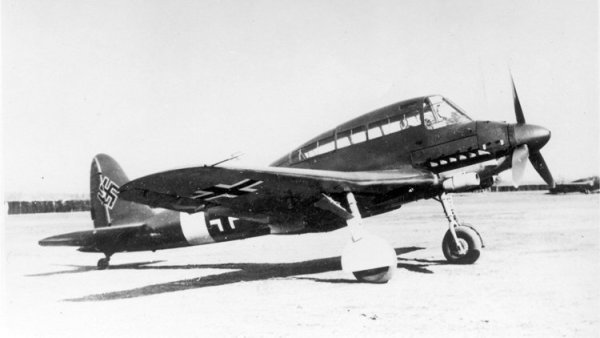
Oddball, Experimental, or One-off
in Aircraft General Discussion
Posted
The Junkers Ju 287 was a multi-engine tactical jet bomber built in Nazi Germany in 1944. It featured a novel forward-swept wing, and the first two prototypes (which were aerodynamic testbeds for the production Ju 287) were among the very few jet propelled aircraft ever built with fixed landing gear.
The Junkers factory in Dessau was overrun by the Red Army in late April 1945. Before long, the Junkers Ju 287 V2 had been almost completed, waiting for its engines to be fitted, and construction of the V3 had reached 80-90 percent completion, while the V4 was reportedly 60 percent complete. Both V1 and V2 were destroyed by the personnel at the Luftwaffe test base in Brandis to avoid capture by Allied forces. Wocke and his staff were captured by the Red Army and taken to the Soviet Union, and remnants of V2, especially the wings, were used in construction of the EF 131 which was flown on 23 May 1947, but by that time, jet development had already overtaken the Ju 287. A final much-enlarged derivative, the EF 140, was tested in prototype form in 1949 but soon abandoned.